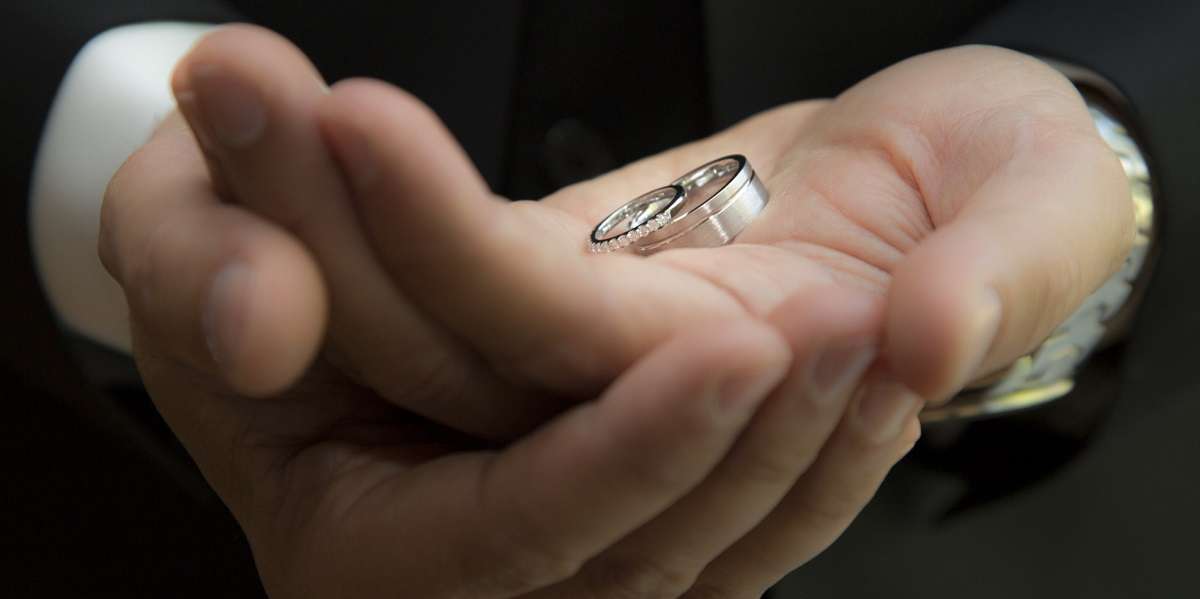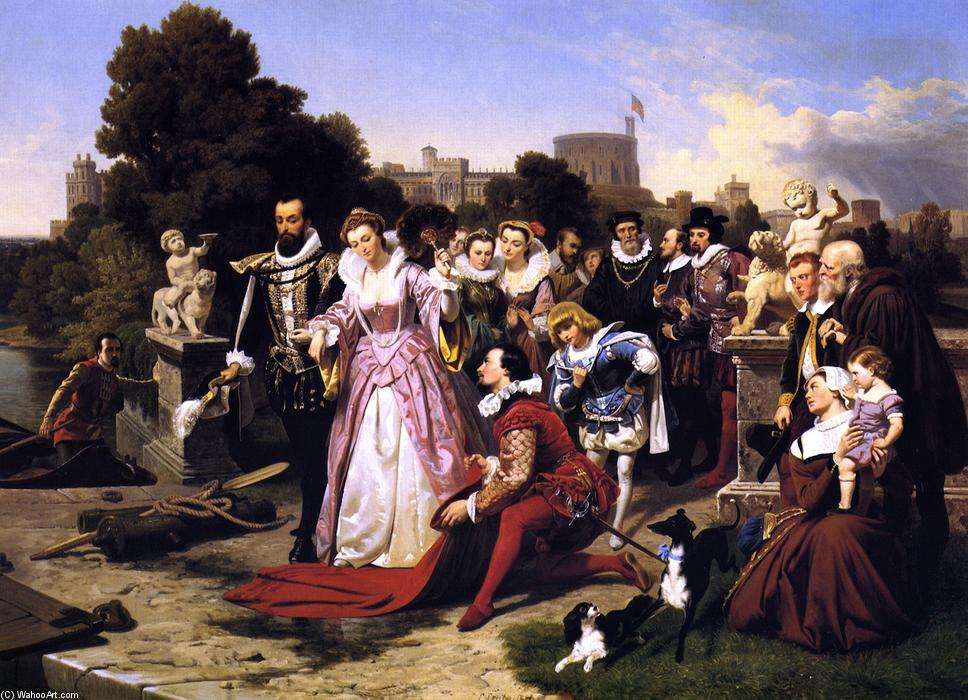In A Nutshell
Gay marriage has long been a controversial topic, but it wasn’t always that way. Textual evidence from between the 8th and 16th centuries has shown that the Catholic Church not only felt that same-sex unions were all right, but performed the ceremonies. Texts refer to the ceremonies as “brotherment,” in which two men swear to share bread, wine, and purse for the rest of their lives.
The Whole Bushel
For those people who oppose the idea of gay marriage, it’s often the Catholic Church that gets summoned up to defend the idea that marriage should only be between a man and a woman. But texts and illustrations from the Middle Ages suggest that the church’s point of view on gay marriage used to be quite different than what it is today.
There are numerous texts from between the 8th and 16th centuries that discuss ceremonies, called “brotherments,” in which two men are joined in a same-sex union. Although the ceremonies were slightly different when two men were involved, many of the elements were the same as those found in descriptions of heterosexual marriages. Their hands would be placed on the Gospel, there would be the lighting of candles, the binding of hands, and usually a kiss to make the ceremony official.
(All existing records document these ceremonies as involving men, although it’s doubtful that ceremonies involving two women would have been thought of as important enough to document in a way in which would survive today.)
Whether or not these ceremonies meant the same thing then that they do today is up for debate. Some researchers have put forth the idea that the ceremonies were a civil union meant to join two men—related or not related—in a platonic, legal relationship. This could include two brothers vowing to fairly share their family’s inheritance, or two patriarchs similarly swearing to combine their family’s riches.
Others point to the similarities between these same-sex unions and heterosexual marriage ceremonies as evidence that many were, in fact, what we think of today as gay marriages. Some of the texts instruct the two who are now joined to “be united not by nature but by faith” and to “love each other in joy without injury or hatred all the days of their lives.”
Texts also document who went through these ceremonies. While there were certainly brother and blood relatives that swore before the church to share their family’s wealth and used the ceremony to enter into a legally binding agreement, there were also a number of unrelated men who were previously unmarried, which points to evidence that the ceremonies were used as binding marriage contracts between two people involved in a romantic relationship.
There’s also more evidence going back even further that supports the idea that gay marriage was a much more socially accepted tradition than it might be today. All historians have to do is go back to Ancient Greece and Ancient Rome, where iconography depicting two men participating in a marriage ceremony was often used in early Christian ceremonies.
So what changed?
St. Thomas Aquinas was thought to be one of the most outspoken opponents of gay marriage. In the late 13th century, he preached the idea that marriage was for the sole purpose of creating children, and therefore should only exist between a man and a woman. It’s thought that the church, in the midst of its many transformations during the medieval period and the Middle Ages, redefined what it had always thought of as a marriage.
And that’s probably why the idea of a church-sanctioned same-sex union has long been buried in the annals of history. History is more frequently told through the lens of the present-day, even when it doesn’t quite line up with current beliefs.
Show Me The Proof
NY Times: Beliefs; A study of medieval rituals in same-sex unions raises a question: what were they solemnizing?
io9: The early Christian Church performed gay marriages
LiveScience: Gay Civil Unions Sanctioned in Medieval Europe










